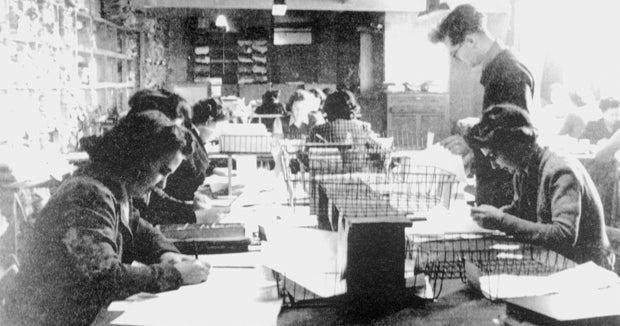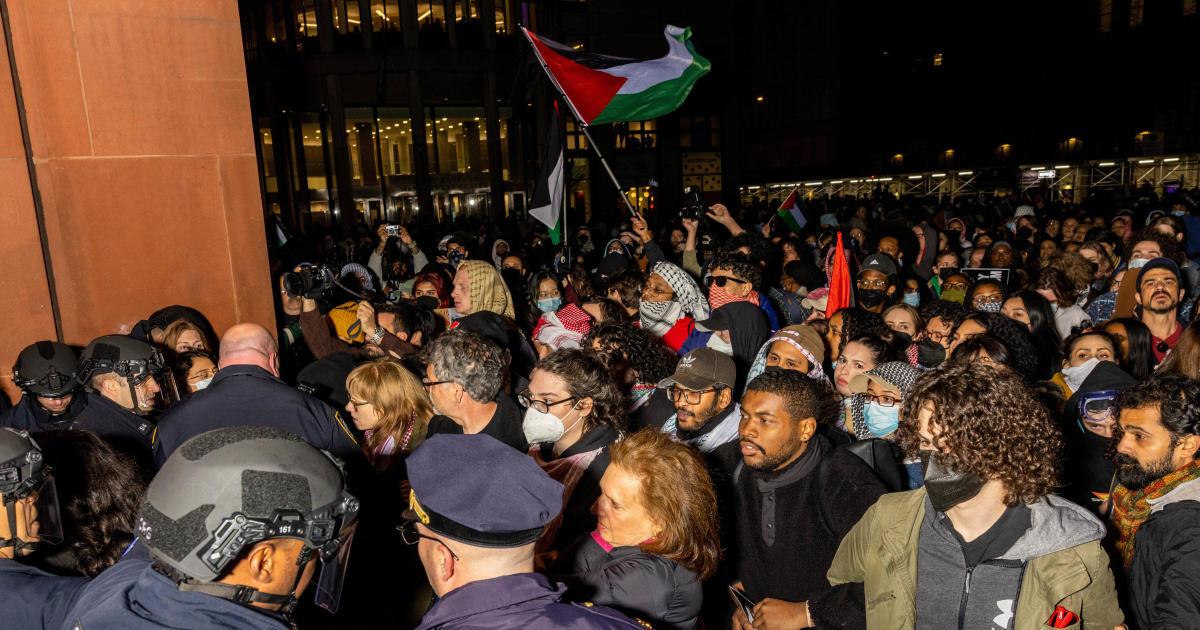Answers may finally be coming for some families of "hell ship" victims, more than 75 years later
Tens of thousands of U.S soldiers died on so-called "hell ships" — Japanese merchant vessels that were turned into prison ships for transporting U.S. and allied prisoners of war to slave labor camps.
Many were never found or properly identified, leaving anguished families searching for answers. For some, answers may finally be coming, more than 75 years later.
Just a few hours after Japanese airplanes bombed Pearl Harbor in Hawaii, pulling the United States into World War II, an air and ground campaign against U.S. forces was launched in the Philippines. As a result, thousands of Americans stationed in the Philippines were thrust into combat.
Fighting against an overwhelming force, U.S. General Jonathan Wainwright was forced to surrender.
One of the many men sent into a torturous march was U.S. Army doctor Clarence White.
He had been stationed in the Philippines with his family. His wife and daughter were evacuated before the fighting started. It was the last time they saw him.
Nancy Kragh, his daughter, said she doesn't know much about her dad because of her age, and her mom never spoke about him to her.
"My mom did not talk. I would ask, 'What kind of a man was my dad?' And she would say, 'He was a very good man,'" Kragh told "CBS This Morning: Saturday" co-host Jeff Glor.
After enduring three years of starvation and horrific conditions in a Japanese prisoner of war camp, White was loaded aboard a civilian merchant vessel, a so-called "hell ship," packed with hundreds of other allied prisoners bound for slave labor camps.
At the time, the U.S. was involved in an air campaign against merchant vessels suspected of carrying supplies for the Japanese, unaware the ships were also carrying captured Americans.
White's ship, the Oryoku Maru, was hit, but he survived. He was moved to a second hell ship, the Enoura Maru, which was also bombed.
"The 300 men that died were placed into cargo nets and dumped into a mass grave on Formosa. That was all that we knew," Kragh recalled.
The limited amount Kragh knows about what happened to her dad is from stories told by others who were captured. Men like Dan Crowley, a member of the Army Air Corps. Crowley was taken prisoner when the Philippines fell to the Japanese in May 1942. He was held for three and a half years.
"On the hell ship, the worst part was drinking the other fellow's human waste. Because if you were down the lower wooden platform, it's all flowing down on you," Crowley said.
Crowley made it back, and celebrated his 99th birthday. He said despite the dark times spent on the hell ship, he was confident he would make it out.
"Oh, no, I knew I was gonna survive and get home and kick their asses for the brutal, nasty things they did to people," Crowley said.
By the time the war ended, an estimated 21,000 men had died on hell ships.
Some of the remains were later taken to Hawaii and placed in 20 plots at the National Memorial Cemetery of the Pacific, also called the Punchbowl.
Johnie Webb has been working to identify missing and unidentified U.S. servicemen for more than 40 years. He's a deputy director at the Defense POW-MIA Accounting Agency, which has forensic facilities in Hawaii.
It's the largest forensic skeletal laboratory in the world. Webb and his team are using new DNA technologies to make identifications that for decades were never possible.
"What we can do now with a single tooth, we can make an identification. From a small bone fragment, we can make an identification using DNA," Webb said.
The mysteries are now 75 years old.
"We know it's a challenge. But we definitely believe with these resources, we can get there," said Dr. Camilla Rodgers, a disinterment specialist at the lab.
"When we know that there are family members out there that don't have the answers they are looking for, whose loved ones died. There were wives who died wondering where their husbands were, there were fathers who died wondering where their sons were," she said. "Some of them died, grieved themselves to death. And this grief was passed on from generation to generation. And so, if I can play, if we as an organization can play that integral part of finding their loved ones, it is an honor to do that. And it is our duty to do that for those individuals, for those men who gave their lives."
As the extraordinary work at Joint Base Pearl Harbor continues, other parts of hell ship history are also getting a second look. Crowley, never properly recognized for his sacrifice, was finally honored at a ceremony in January and received a POW medal—80 years later.
As for White, one account says he died on the deck of that second hell ship when it was bombed. It's believed his remains may be among those buried at the Punchbowl, but no identification has ever been made. Seventy-nine years after she last saw him, Kragh is still looking for answers and hopes to one day have them.
"I don't talk about closure. I talk about connections," she said. An official identification would be a connection, she said. "And I would love to have that to bring it to Riverside National Cemetery, where my mother is buried."



